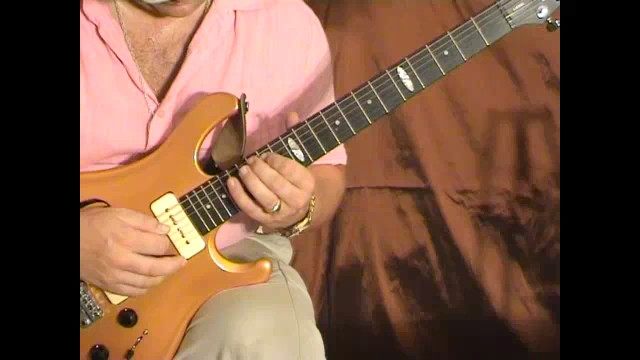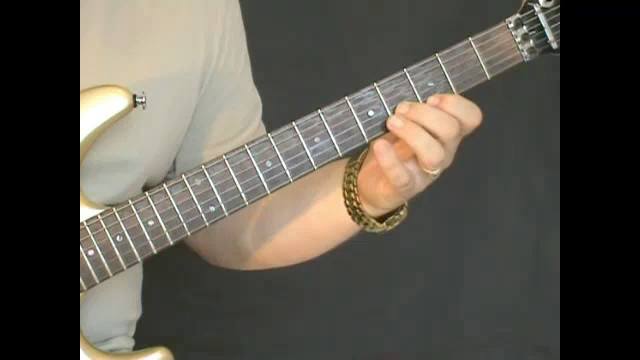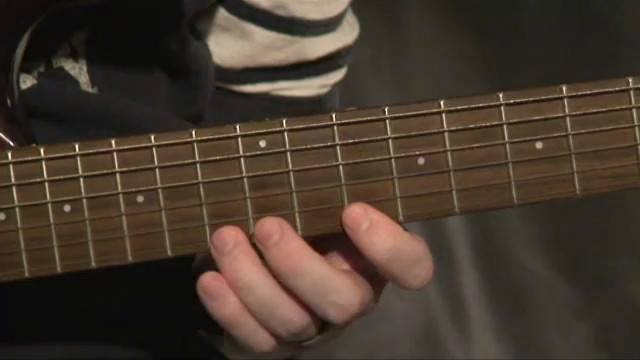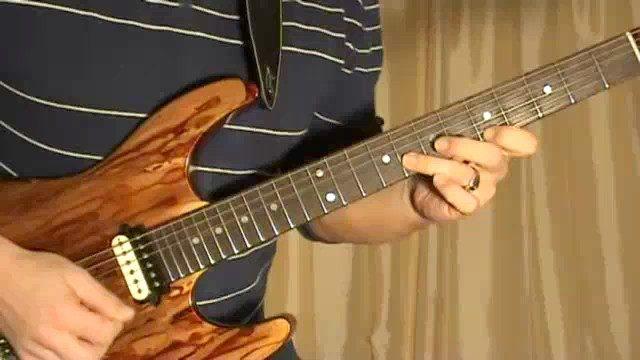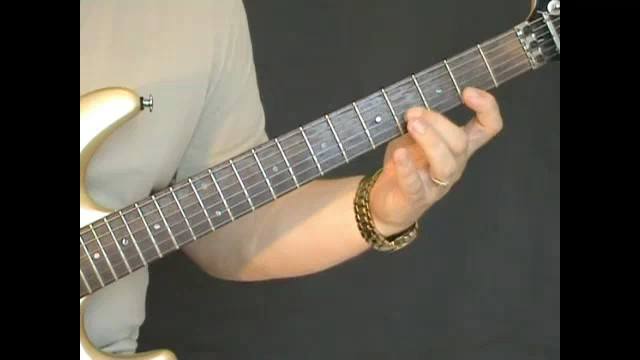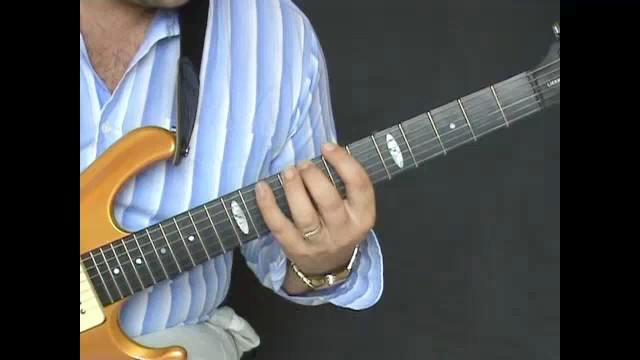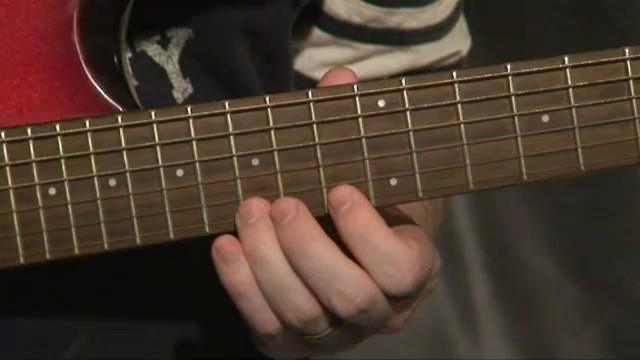Any set of notes can be ordered in a logical way to form a scale. Our system of music theory divides the octave into 12 equal half-steps. Some composers have experimented with dividing the octave into smaller intervals. Using these quarter-tone intervals or even smaller micro-tone intervals, will result in an octave division that exceeds 12 pitches. By reordering the octave into many small intervals, scales with 24 or more notes are possible. For practical purposes, the guitar is limited to scales of between 4 and 11 notes.
Scales of less than 5 notes tend to sound like arpeggiated-figures (outlined chords). Scales of more than 10 notes tend to have so many half-steps that a sense of pitch priority (tonicity), is lost; the scale will sound too chromatic, with all of the notes being spaced nearly equally apart. Normally, any scale will tend to divide the octave into equal parts. In other words, the scale will be composed of a combination of half-steps, whole-steps or larger intervals, such as augmented seconds, and minor thirds. Another method of creating a synthetic scale is to take an existing scale and modify it by raising or lowering one of its pitches. By lowering the second degree of the major scale, a new scale is created which could be called the Major b2.
Major b2 Scale: 1-b2-3-4-5-6-7-8
Yet another way of inventing new scales is to splice two different scales together. By taking the front half of a major scale and attaching it to the back half of the harmonic minor scale, a new scale is formed, the harmonic major:
Harmonic Major scale: 1-2-3-4-5-b6-7-8 (first 4 notes are the major scale and the last 4 are the harmonic minor scale)
The melodies of non-American folk music have long been a source of unusual scales. Some examples of these folk-based scales are included here:
Neapolitan Minor: 1-b2-b3-4-5-b6-7-8
Neapolitan Major: 1-b2-b3-4-5-6-7-8
Oriental: 1-b2-3-4-b5-6-b7-8
Double Harmonic: 1-b2-3-4-5-b6-7-8
Enigmatic: 1-b2-3-#4-#5-#6-7-8
Major Locrian: 1-2-3-4-b5-b6-b7-8
Lydian Minor: 1-2-3-#4-5-b6-b7-8
Hungarian Minor: 1-#2-3-#4-5-6-b7-8
Eight-Tone Spanish: 1-b2-b3-3-4-b5-b6-b7-8
Most synthetic scales have their basis in melodies or chord progressions. If an unusual scale suggests itself based on an ostinato (repeated musical idea) or an interesting grouping of unusual chords, you may want to explore it as if it were a type of scale. Like the Major scale, harmonic minor and melodic minor scales can be extracted from any set of pitches. The key to developing your own scales and modes is experimentation.











